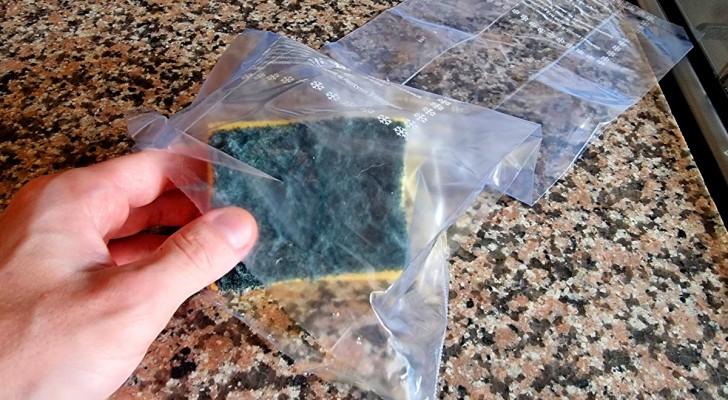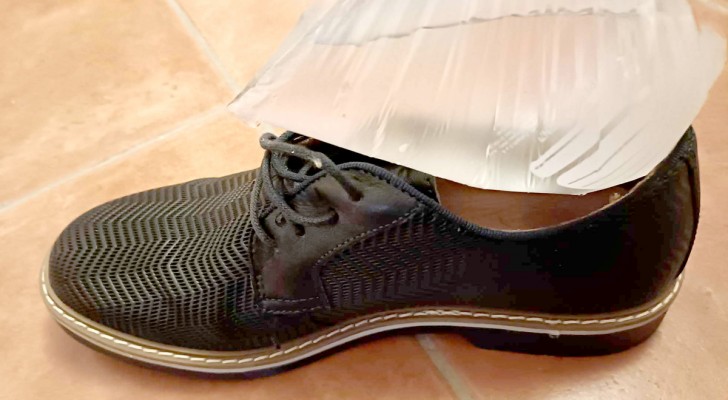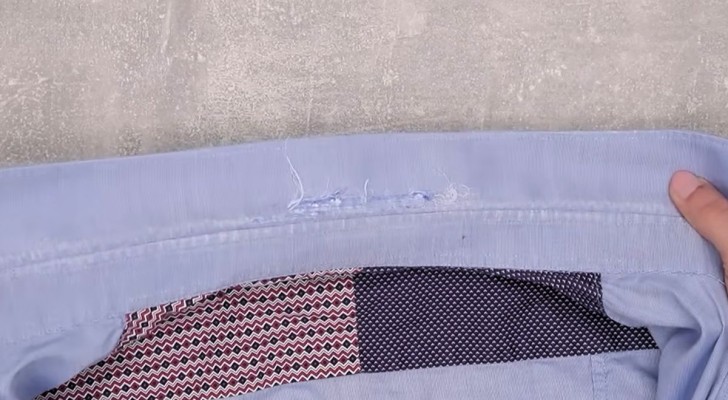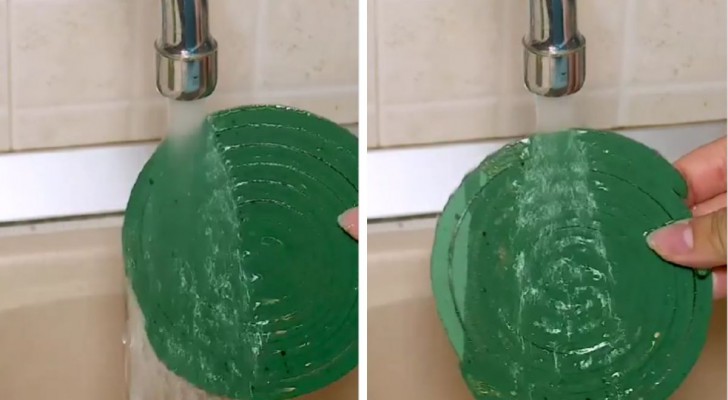Let's discover 18 alternative uses of hydrogen peroxide, from personal hygiene to house cleaning

One of the substances that should never be missing at home is hydrogen peroxide. In addition to being a medical device used to treat various types of wounds, this chemical is useful on many other occasions in our daily life.
In fact, hydrogen peroxide is water with an extra oxygen molecule, and this composition makes it a powerful oxidant: for this reason it lends itself to being used in the cleaning of many objects and surfaces, which thanks to hydrogen peroxide are disinfected, but for the same reason it is a substance to be used with caution on us and on animals.
Personal Hygiene
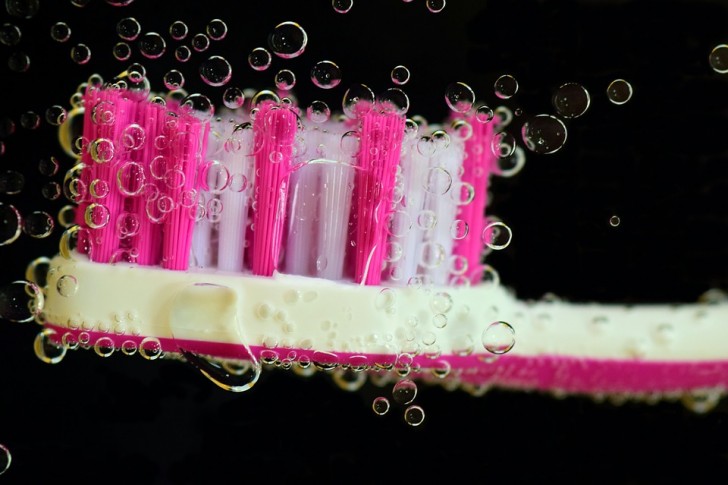
Oral Hygiene
Hydrogen peroxide is present in many mouthwashes, because it cleans and sanitizes the oral cavity, as well as end up whitening the teeth over time. You can then make a mouthwash by mixing equal parts hydrogen peroxide and plain water, using it just like a purchased product.
It is also used to sanitise toothbrushes and other dental appliances: just dip them regularly in a glass with hydrogen peroxide and leave them for a few minutes. It does not mean that the toothbrushes can still be kept beyond the three months of use generally recommended before replacing them, but it certainly is a measure that contributes significantly to eliminating bacteria and ensuring proper oral hygiene, and works much better than rinsing the toothbrushes under the tap water.
For the feet
Fungi can sometimes develop on the feet, and one way to avoid this is to resort to hydrogen peroxide: fill a basin with hot water and hydrogen peroxide in equal parts, and take a foot bath regularly, but not too often. In fact, hydrogen peroxide also tends to dry out the skin.
Whiten your nails
Sometimes it happens to notice that the nails have a yellowish color, first of all we need to ascertain the reason, which is sometimes of a hepatic nature. Often this phenomenon is due to the excessive use of nail polish or constant manicure treatments with nail reconstruction and the like. A preventive measure to remember when applying nail polish is to always use a good base that protects the nail. But when you want to remedy and whiten your nails, you can use hydrogen peroxide.
Combine 3 tablespoons of hydrogen peroxide with half a cup of hot water in a bowl, mixing well. Keep the nails in this mixture for two minutes, then with a soft and clean toothbrush gently scrub the surface of the nails, returning to immerse them in the solution. Then rinse your hands and apply a little moisturizing lotion. It is an operation to be repeated 2 or 3 times a week.
Sterilise makeup brushes
The brushes with which we apply makeup on the face, as well as the sponges, must be regularly cleaned and sanitised. Wash the brushes with a little shampoo, then rinse and immerse them in a bowl of water with 1 teaspoon of 3% hydrogen peroxide. You can also use this solution to clean your eyelash curlers, but taking care to rinse and dry perfectly to avoid eye problems.
In the kitchen

Creativo
Sink
When you need to thoroughly wash the sink, you can wet the surface, then rub it with a sponge on which you have sprinkled baking soda, with an abrasive action. Then, pour in hydrogen peroxide and let it act for a few minutes before rinsing thoroughly.
Work shelves and cutting boards
A study by the Ohio State University Extension has shown that cleaning countertops with hydrogen peroxide can kill bacteria such as E.Coli and Salmonella, if only left to act for 10 minutes at room temperature.
The same period of time is sufficient to sanitise cutting boards immersed in hydrogen peroxide.
Sponges and cloths for cleaning
We always have some sponge or cloth to wash the dishes and clean the various surfaces in the bathroom and kitchen, and we don't worry often enough about their sanitary conditions. At least once a week, then, it is good to immerse them in a basin of water and hydrogen peroxide in equal parts for at least 10 minutes, in order to remove germs, sanitize them and prevent any bad odor they may emanate. If after rinsing them thoroughly you notice that they are still dirty or smelly, it's time to throw them away.
For descaling pans
If pots, pans and pans are damaged by a burnt layer, sprinkle them with baking soda, then sprinkle hydrogen peroxide over them, and let it act for an hour (even 3, in the most serious cases) before removing all the dirt.
Disinfect garbage buckets
These containers also need to be cleaned often and regularly sanitized. After having washed them well with soap and water, then, spray a mix of hydrogen peroxide and water in equal parts, and leave them in the sun until they are dry: it is a simple and effective way to kill germs and bacteria, so as to avoid odors too. unpleasant.
Wash dishwasher and refrigerator
We do not realize how easily a dishwasher can be affected by fungi, sometimes even very harmful to our health. When they form, we can usually see them in rubber seals, even in the washing machine.
It is therefore advisable to periodically clean these appliances as well, by spraying a solution of water and hydrogen peroxide in equal parts in all the most difficult to reach parts, such as interstices and, in fact, the gaskets. You can also create a detergent to use for a vacuum cycle, made with hydrogen peroxide, baking soda and a few drops of an essential oil (eucalyptus, mint, lavender, lemon). Again, it is not a bad habit to add a little hydrogen peroxide to the detergent for dishes to be washed by hand or in the dishwasher tray.
The same type of spray of water and hydrogen peroxide works to sanitise the refrigerator: spray this solution, let it act for 10 minutes and then remove all the dirt.
Clean vegetables and fruit
Washing the fresh fruit and vegetables that we buy at the supermarket or market serves to eliminate any earth and dirt, but also to sanitize it and make it last longer. Just pour 60 ml into a large bowl filled with 3.5 liters of water. More delicate vegetables, such as salads, will need to soak for up to 20 minutes before being rinsed. Carrots, potatoes and other vegetables with a thicker skin can remain for up to half an hour. Always dry them well before storing them.
The bathroom and laundry
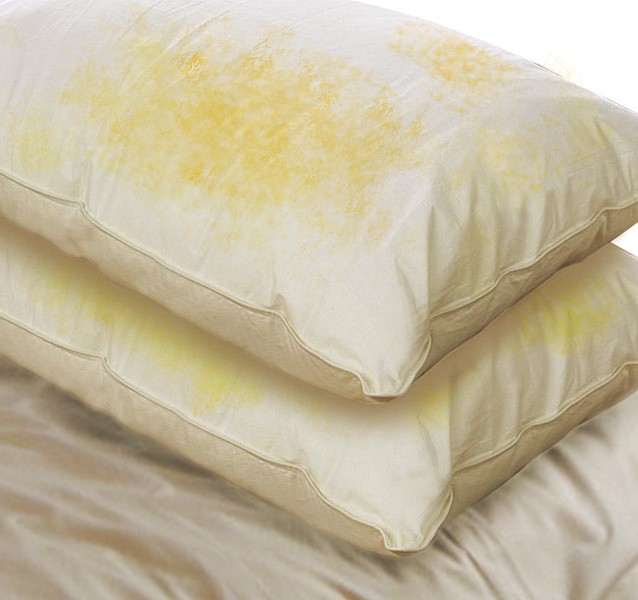
Creativo
WC
Hydrogen peroxide can remove the various microorganisms that lurk in the toilet or other bathroom surfaces, including fungi, yeasts, bacteria, viruses and spores. From time to time, then, pour half a cup of hydrogen peroxide into the toilet and let it sit for at least 20 minutes before flushing the toilet.
For the yellowed ceramic
When you notice that some ceramic sanitary ware in the bathroom shows yellowish streaks, you can make it turn white by rubbing a slightly damp cloth on which you have poured baking soda, then wipe it with a sponge wet with hydrogen peroxide.
To remove soap and grease residues
In the sink or in the bathtub, or the shower tray, a layer of soap and greasy dirt can form which is really unhygienic. Then prepare a paste with 1 cup of baking soda and ¼ cup of white vinegar, and add two tablespoons of hydrogen peroxide. Wait for the substances to stop foaming, then rub the surface, let it act for a while and rinse well.
You can also use the spray of water and hydrogen peroxide in equal parts to degrease the shower curtain.
Mirrors
The mirrors in the bathroom are the ones that get dirty the most, and these too (like any other you need to clean at home) can be washed quickly and without leaving streaks with a mix of water and hydrogen peroxide in equal parts, to be sprayed on the mirror itself and then remove using newspapers, kitchen paper or a lint-free cloth.
Against mold
If you notice mold stains on the walls of the house, spray pure hydrogen peroxide and let it act for at least 30 minutes before rinsing. The antibacterial properties of hydrogen peroxide will allow you to eliminate mold, even if the unsightly humidity stains will remain and you can then help yourself with vinegar and bicarbonate or, alternatively, bleach. Then let the wall dry perfectly (with the help of fans or hair dryers if necessary) and give it a new coat of paint.
Remove stains and whiten fabrics
Hydrogen peroxide can eliminate many types of difficult stains: grass, sweat, blood, fruit juices, wine. But first you need to make sure that the hydrogen peroxide does not damage the tissues, then try it on a corner to see if it makes it discolour. If not, remove the stains by gently rubbing it on the reverse side of the garment, in correspondence with the stain. If the stains are fresh it almost always manages to eliminate them completely, and for older ones it is sometimes necessary to try several times.
In the case of sweat stains in particular, you can then mix it with the detergent in equal parts and leave the garment to soak in a basin to which you have added this mix for an hour. When it is time to rub the stain, you can help yourself with a little baking soda. For blood stains, however, pour absolute hydrogen peroxide on the area to be cleaned, let it act for a few minutes, then rinse with cold water.
An excellent whitening detergent for garments or gray sheets, then, can be prepared with half a cup of sodium carbonate (laundry soda) and half a cup of hydrogen peroxide. To use it at its best, wait for the washing machine to fill with water after the start of the wash cycle, suspend it for a couple of hours, and restart it.
Towels
Another trick to try is to pre-treat the towels by soaking them for 15-20 minutes in a bowl of warm water with half a cup of vinegar and a half of hydrogen peroxide, it is a remedy that easily eliminates bad odors.
It's really worth stocking up on hydrogen peroxide, don't you think?

